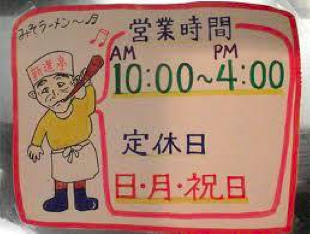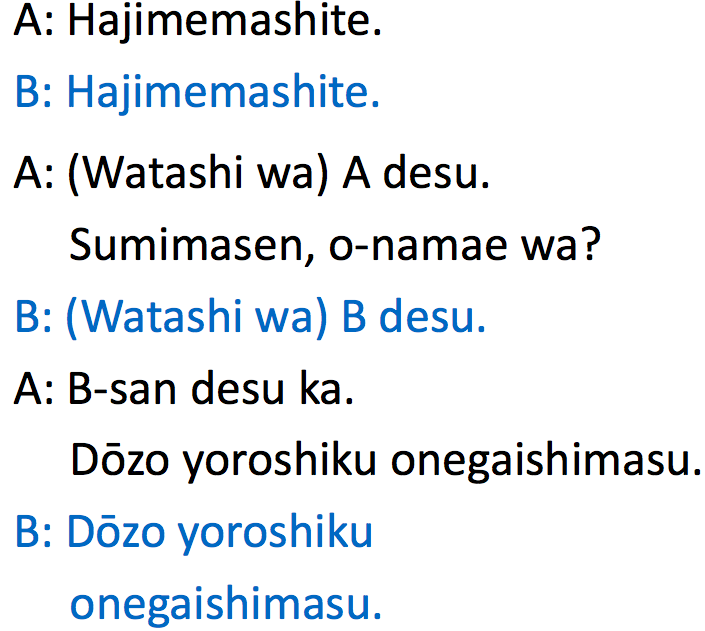We moved on to Lesson #4 today; Lesson #4 is all about time and numbers:
- 4 Seasons
- Telephone numbers
- Time Vocabulary
- Asking and telling time
4 SEASONS
The four seasons in Japanese are
- Spring | haru| はる
- Summer | natsu | なつ
- Autumn | aki | あき
- Winter | fuyu | ふゆ
TELEPHONE NUMBERS
Telephone number is ‘denwa bangou | でんわばんごう’
To ask someone for their number, we say
What’s your phone number? | Denwa bangou wa nan ban desu ka? | でんわばんごうは なんばんですか。
– – – – – – – 96738827. | kyuu roku nana san hachi hachi ni nana desu. | きゅう ろく なな さん はち はち に なな です。
Numbers are rattled off one by one (at least for beginners).
TIME
Time | Jikan | じかん
HOUR:
Hour | Ji | じ
Reading time by the hour is relatively the same as reading numbers from 1 to 12, with three exceptions, 4 o’clock, 7 o’clock and 9 o’clock. These timings are read as ‘yo ji’, ‘shichi ji’ and ‘ku ji’ respectively.
MINUTE:
Minute | Pun | ぷん

Readings in minutes are dichotomized in two groups: one that pronounces ‘fun’ and one that pronounces ‘pun’. The list on the right shows that 2, 5, 7 and 9 are pronounced with a ‘fun’ instead of ‘pun’ at the end. E.g. 2 mins | Nifun | にふん So every 12th minute, 22nd minute and so on are pronounced with a ‘fun’ too. >>> 12 mins | Juu nifun | じゅう にふん
For the list on the left, it is important to take note that only the 3rd and 4th minute don’t have an extra small っ that represents a double letter.
TELLING TIME:

Q:
What is the time now? | Ima nan ji desu ka? | いま なんじ です か。
– – – – – – – 3 o’clock. | Sanji desu. | さんじ です。
Different ways to tell time
*To tell the time 3.30, instead of saying ‘Sanji sanjuppun’, we can say ‘Sanji han’. ‘Han’ is a way of saying “half past three”.
*To tell the time 3.50, instead of saying ‘Sanji gojuppun’, we can say ‘Yoji juppun mae’. ‘Mae’ is used as an English equivalent of saying “10 mins before 4”, or “10 mins to 4”. The structure goes: hour + min + *mae
*Telling a time period like from 3.00 to 5.00, we use the words ‘kara’ which means “from” and ‘made’ which means “to”.

Q:
From what time to what time is the restaurant open? | Resutoran wa nanji kara nanji made desu ka? | レストランは なんじから なんじまで ですか。
– – – – – – – From 10 o’clock to 4 o’clock. | Juuji kara yoji made desu. | じゅうじ から よじ まで です。






 Q:
Q:

 This
This That (near you)
That (near you) That (over there)
That (over there)




